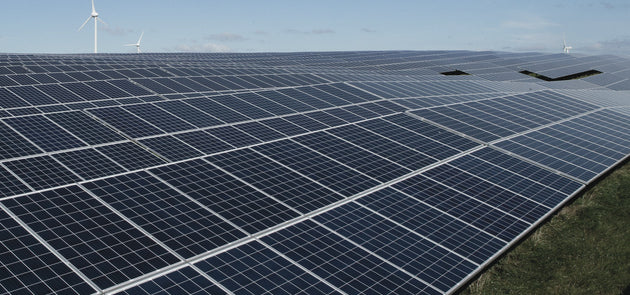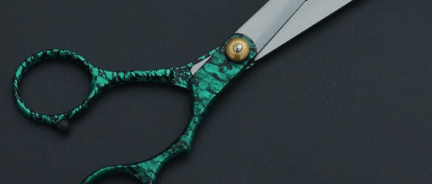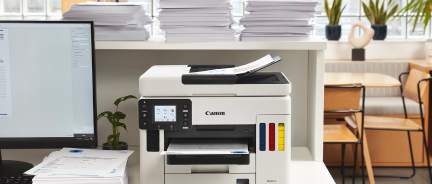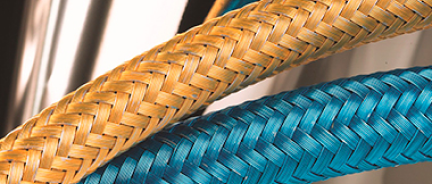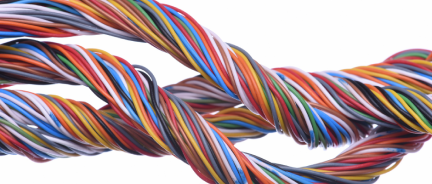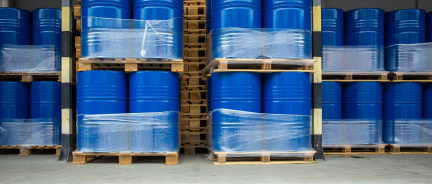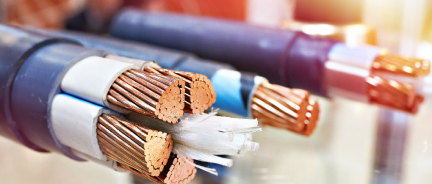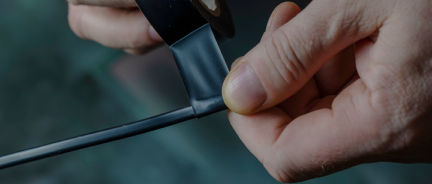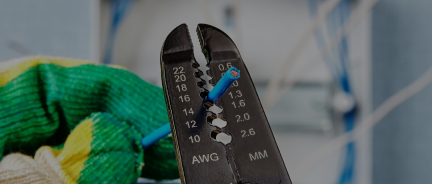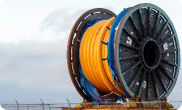UL-rated SOOW vs. non-UL-rated SOOW: What is the Difference?
UL-Rated SOOW vs. Non-UL-Rated SOOW: What Is the Difference?
SOOW cables are built for heavy-duty applications, such as portable power tools, welding machines, temporary power setups, and more. While they may look similar on the outside, not every SOOW cable meets the same safety requirements. Some are UL-listed and compliant with NEC, while others are non-UL-rated and may only be acceptable in certain contexts or regions outside the United States.
Understanding the difference is critical, especially when your installation will be inspected or needs to comply with regulations. In this post, we highlight the differences between UL-rated and non-UL-rated SOOW.
What Does UL Certification Mean for SOOW Cables?
SOOW cables that carry a UL (Underwriters Laboratories) listing are certified under UL 62 – Flexible Cords and Cables. This means the cable has passed third-party testing for construction quality, thermal performance, and flame, oil, water, and abrasion resistance. Most importantly, UL-certified SOOW is compliant with the National Electrical Code (NEC)—specifically:
- NEC Article 400 on the use of flexible cords
- NEC Article 590 on temporary installations at construction sites
- NEC Article 501, where flexible cords are used in hazardous locations
Here is why this matters.
If you're running power to a temporary lighting setup on a commercial construction site, NEC 590 requires a listed flexible cord for any wiring exposed to physical damage or weather. A non-UL SOOW cord, even if durable, can fail inspection and delay the project. The same applies to portable power distribution in warehouses or schools.
UL-listed SOOW also satisfies OSHA requirements for workplace safety and is generally approved by insurance carriers.
What Is a Non-UL SOOW Cable?
Non-UL-rated SOOW cables are not tested under UL 62. They may still perform well, but they’re manufactured for markets or environments that don’t require UL certification. Many are:
- Approved under CSA C22.2 No. 49 for Canadian use
- Built to IEC or CE standards for international use
- Used in controlled industrial settings where internal standards override local code
While these cables often have similar construction to UL-rated versions, they may differ in details like:
- Jacket material and thickness
- Use or absence of jute fillers
- Strand count and strand gauge
In some cases, these differences improve flexibility,but they can also affect how the cable terminates or holds up under friction.
Where Can You Use Non-UL-Rated SOOW Cable?
Whether a non-UL SOOW cable is acceptable depends on project location, inspection requirements, and the authority having jurisdiction (AHJ).
Acceptable Uses for Non-UL SOOW:
- International projects, where UL is not required
- Personal garages or workshops, such as welding leads or extension cords
- Temporary, unregulated setups in non-public spaces
- Internal industrial wiring, where compliance is handled in-house
- Low-voltage or equipment-specific power, where listing is not enforced
Applications That Require UL-Rated SOOW (UL 62) — In the U.S.:
- Permitted installations in commercial, municipal, or institutional buildings
- Any project subject to electrical inspection
- Construction sites (temporary or permanent wiring under NEC 590)
- Installations in hazardous locations (NEC 501)
- Jobs requiring insurance, UL submittals, or contractor documentation
How Certifications Get Misunderstood
Many cables look the same on the outside, but labeling and certification language can be misleading or misinterpreted. For example:
- CSA C22.2 No. 49 refers to a construction standard, not a listing. Unless the cable is CSA Listed, it hasn’t been certified through third-party testing.
- “OSHA accepted” may apply in limited workplace tool use—not in permanent installations governed by the NEC.
- CE markings apply to European products and don’t satisfy U.S. code requirements.
- Strand count and composition may differ—some non-UL SOOW cables use fewer, thicker strands (e.g., 67 vs. 133), impacting flexibility and compatibility with terminal lugs.
These differences often go unnoticed until an inspection fails. That’s why verifying markings located directly on the jacket is essential.

Final Thoughts
UL-listed SOOW cables, tested under UL 62, are the safest choice for U.S. projects involving inspections or insurance review. Non-UL SOOW cords can still serve a purpose, but only in contexts where safety compliance isn’t enforced or alternative standards are accepted.
NNC offers both UL-rated and non-UL-rated SOOW cables of high quality, depending on your priorities.









